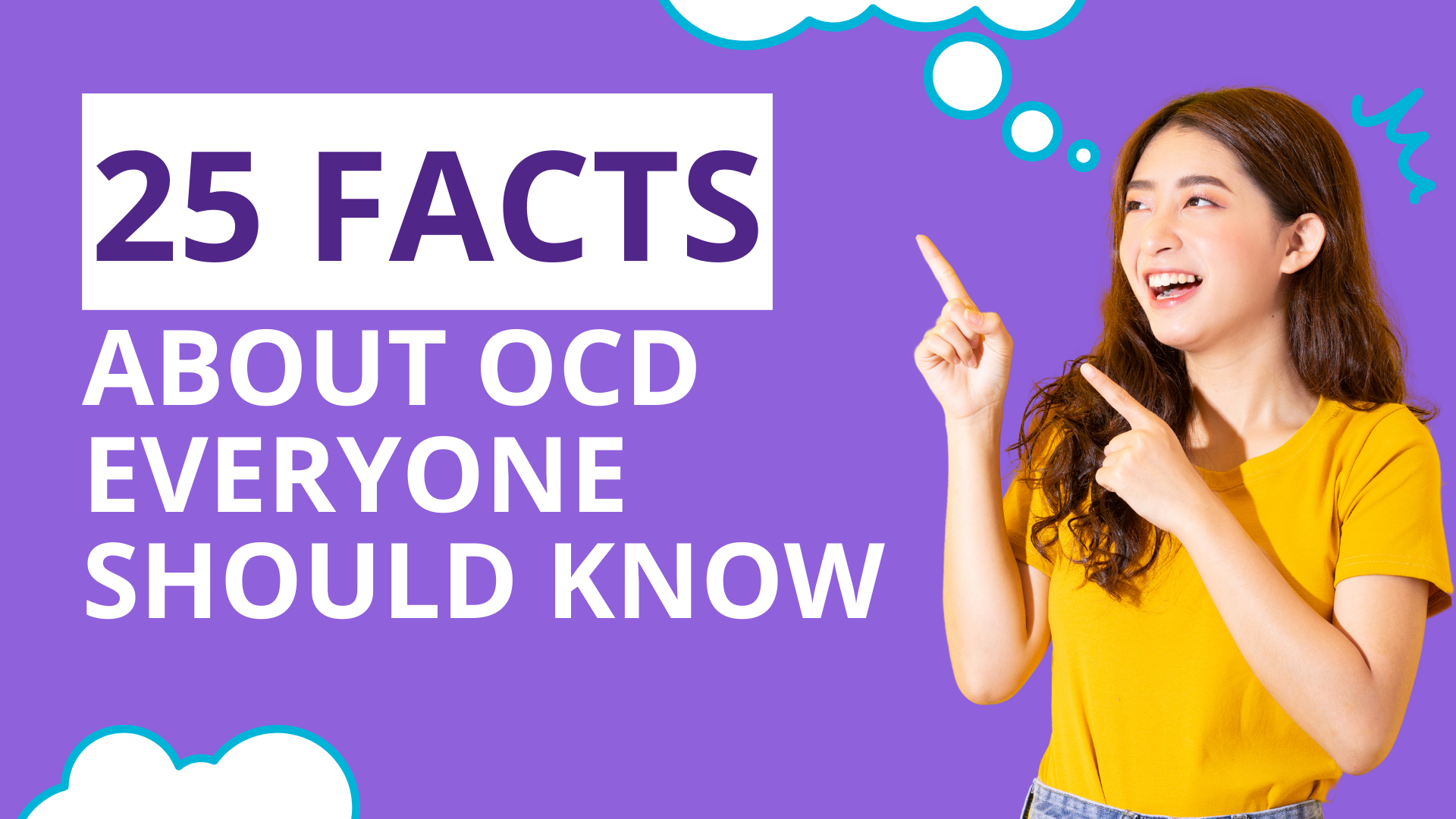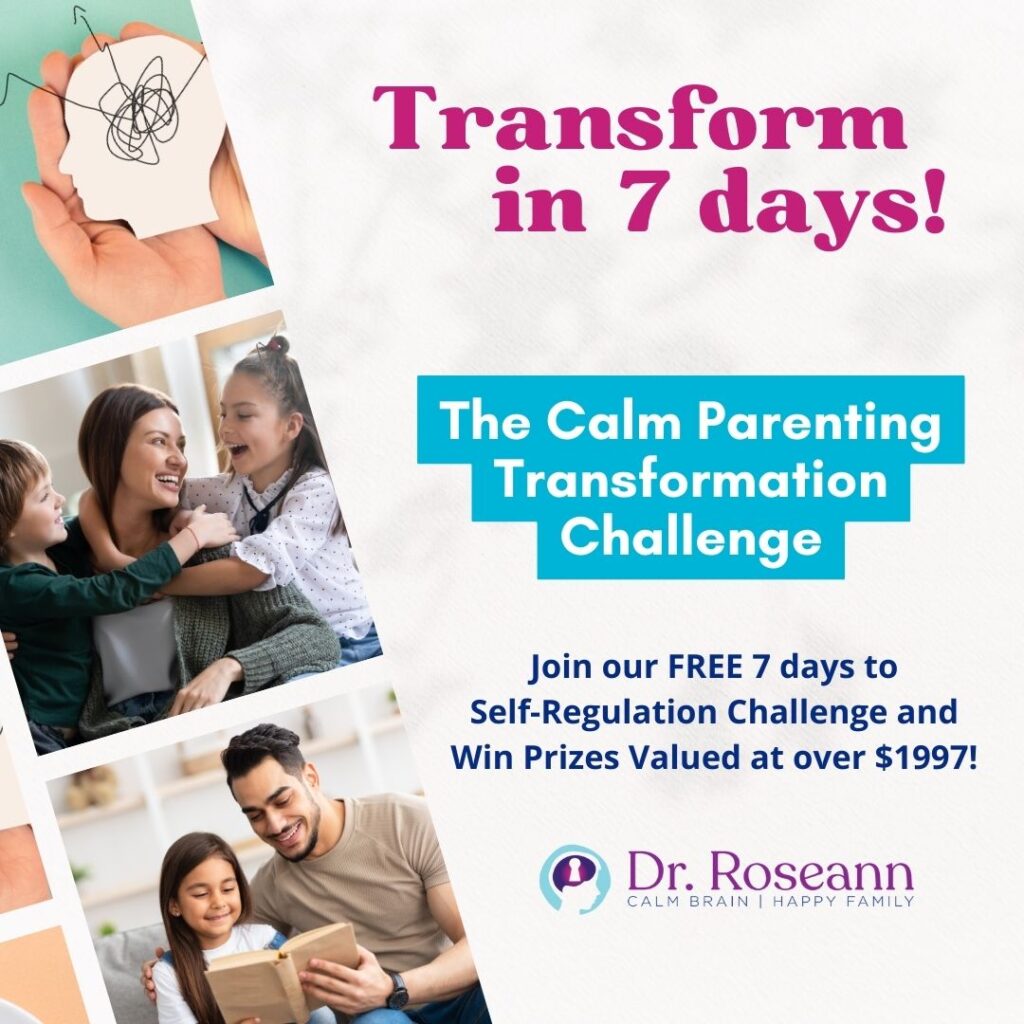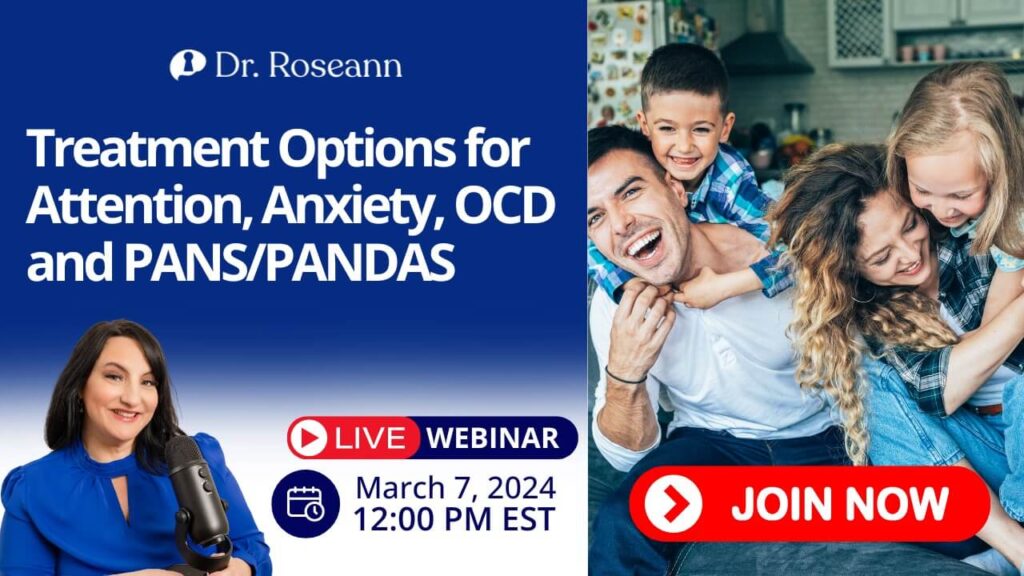
15 Ways to Manage Pathological Demand Avoidance Relationships
Relationships are complex webs of emotions, communication, and understanding. It’s important to remember that when it comes to individuals with Pathological Demand Avoidance (PDA), these dynamics can become even more complicated. Pathological Demand Avoidance, also known as Extreme Demand Avoidance is a subtype of Autism Spectrum Disorder (ASD) that manifests in an intense resistance to












